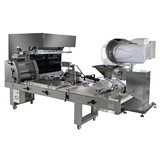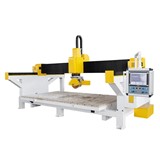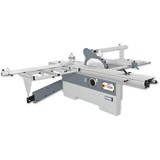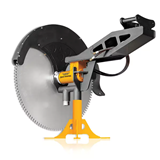“The slowing in activity also reflects the impact of rising input costs, particularly energy related, and a rising exchange rate and the fact that these pressures have been sustained for a long period of time have compounded the impact on the industry.
“Industry is going to have to work even harder on lifting competitiveness in order to maintain profitability and market share, while at the same time monetary policy needs to have an eye on the extraordinary pressures which this large and very important sector of the economy continues to experience,” Ridout said.
PricewaterhouseCoopers Global Leader of Industrial Manufacturing, Graeme Billings, said the Australian PMI® for May clearly illustrates the impact of rising competitive pressures on the sector, coming from raw material and labour costs and the rising Australian dollar.
“These negative pressures are being compounded by a climate of easing demand, which is being reflected in rising inventories. In this climate, productivity growth and effective cost management remains the key to sustaining company profitability in the near-term,” Billings said.
Australian PMI® Key Findings for May:
- The Australian PMI® fell by 1.5 points in May to 51.2 following a 0.4 point rise in April as slower global growth, the rising Australian dollar and signs of slower growth in the domestic economy, reflecting higher interest rates, continue to constrain manufacturing.
- Activity expanded in six sectors, compared to eight in April.
- New orders fell slightly, reflecting slower domestic demand conditions, while employment fell for the third consecutive month.
- Production growth expanded only slightly. Overall activity was supported by a moderate lift in stocks and input deliveries. Exports fell.
- In line with other indicators, input cost price growth remained strong in May, while selling prices growth accelerated modestly. Wages growth was stable in May, while capacity utilisation fell slightly.
- Manufacturers cited positive effects on activity from solid mining and infrastructure related demand and demand from China. On the negative side were weaker US growth; lack of skilled labour and staff turnover; raw material costs especially steel, fuel and grains; slower housing-related demand and the high $A.
- Activity rose strongly in Western Australia, eased in Queensland and fell in New South Wales, South Australia and Tasmania. Victoria saw stable modest growth.








-160x160-state_article-rel-cat.png)












-160x160-state_article-rel-cat.png)


